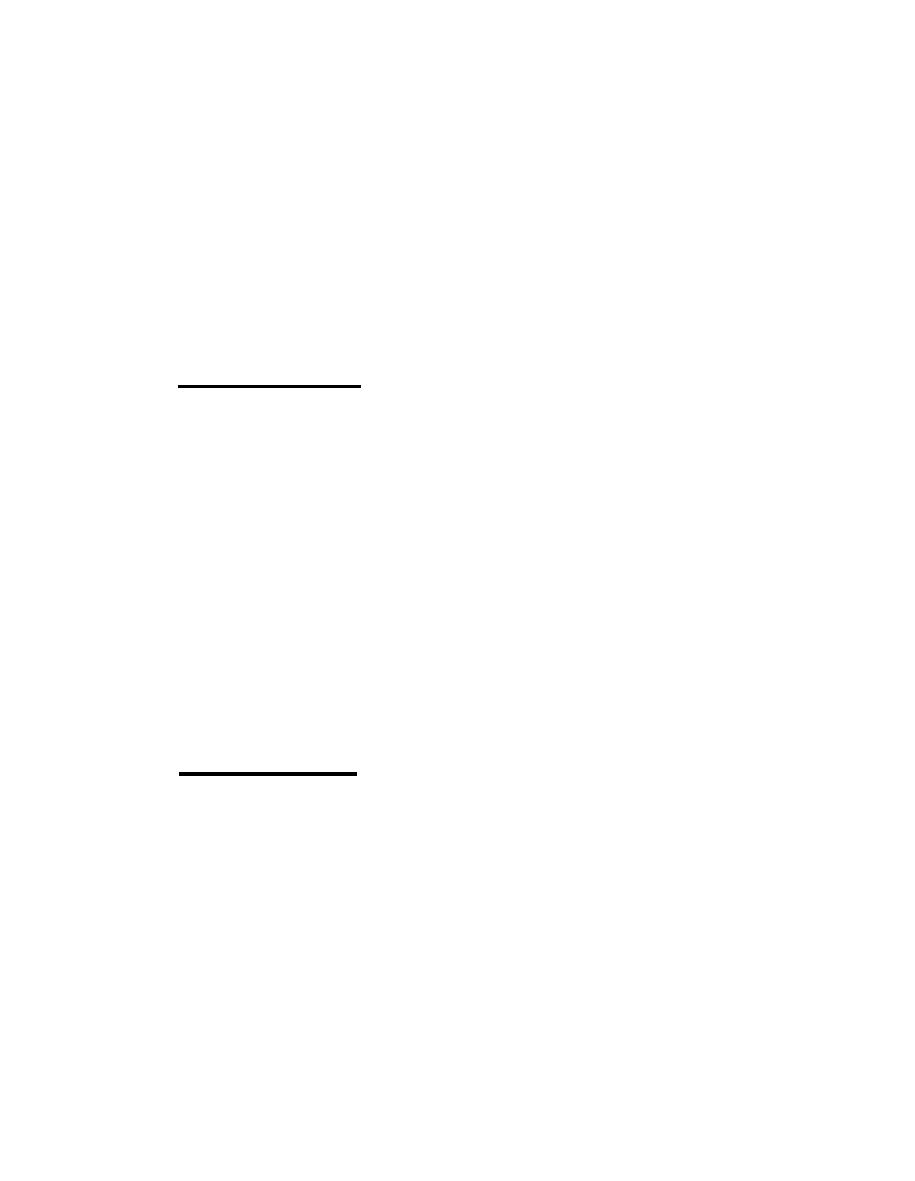

Custom Search
|
|

|
||
 in a deep radial seasoning check from the surface to the center. This check often penetrates past the
treated zone.
7.3.1.2 Construction Techniques. Heavy timber construction often requires sub-
stantial shaping, boring and dapping at the erection site. This machining breaks the protective shell.
The shell can also be broken by nailing which often occurs in timber construction. Exposing the
machined areas to wood destroying organisms will only hasten interior deterioration of the wood.
Figure 7-10 shows the likely locations where decay and infestation might occur. Every effort
should be made to prevent or limit exposure of machined sections to marine borers, insects, or
decay fungi.
7.3.2 Inspection Procedures.
7.3.2.1 Visual. The visual inspection of heavy timbers is similar to that for other
wood products. External evidence of decay includes features such as fruiting bodies, abnormal sur-
face shrinkage, such as, localized depressions or sunken faces on wood surfaces, loose joints, abnor-
mal deflections, crushing, cracking, etc., and insect activity. Remember, carpenter ants and termites
prefer damp wood.
Other visual evidence such as water marks from periodic wetting, rust stains, especially if from
wood-penetrating fasteners or hardware, and plant growth such as moss or other vegetation, espe-
cially in cracks or crevices, indicates that existing conditions are, or have been, conducive to decay.
7.3.2.2 Detecting Decay. Decay in heavy timbers is detected in much the same
way as previously described for wood poles. The "pick test" or probing can be used to detect sur-
face decay. Sounding by an experienced inspector can provide some estimate of the potential for in-
ternal decay. Boring or coring is used to estimate the extent of internal decay. Moisture meters
may be used to determine if the wood is moist enough to support decay.
Remedial treatments may be either external or internal.
7.3.3 Remedial Treatments.
External treatments include the elimination of the moisture source, and/or flooding the surface or
critical areas with an acceptable preservative. Pentachlorophenol has traditionally been used for
treating wood surfaces. The value of new preservative emulsions may have some use in that they
can concentrate larger quantities of toxic preservatives in a localized area.
For interior treatment of timbers, pressure injection of one of the water borne preservatives is ap-
propriate. Application of liquid preservatives without pressure can also be effective, but penetration
is primarily along the grain of the wood. The fumigants, vapam and chloropicrin have been shown
to be effective in controlling decay in horizontal members, particularly in Douglas-fir.
7-22
|
 |
|
 |
||